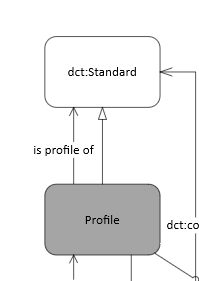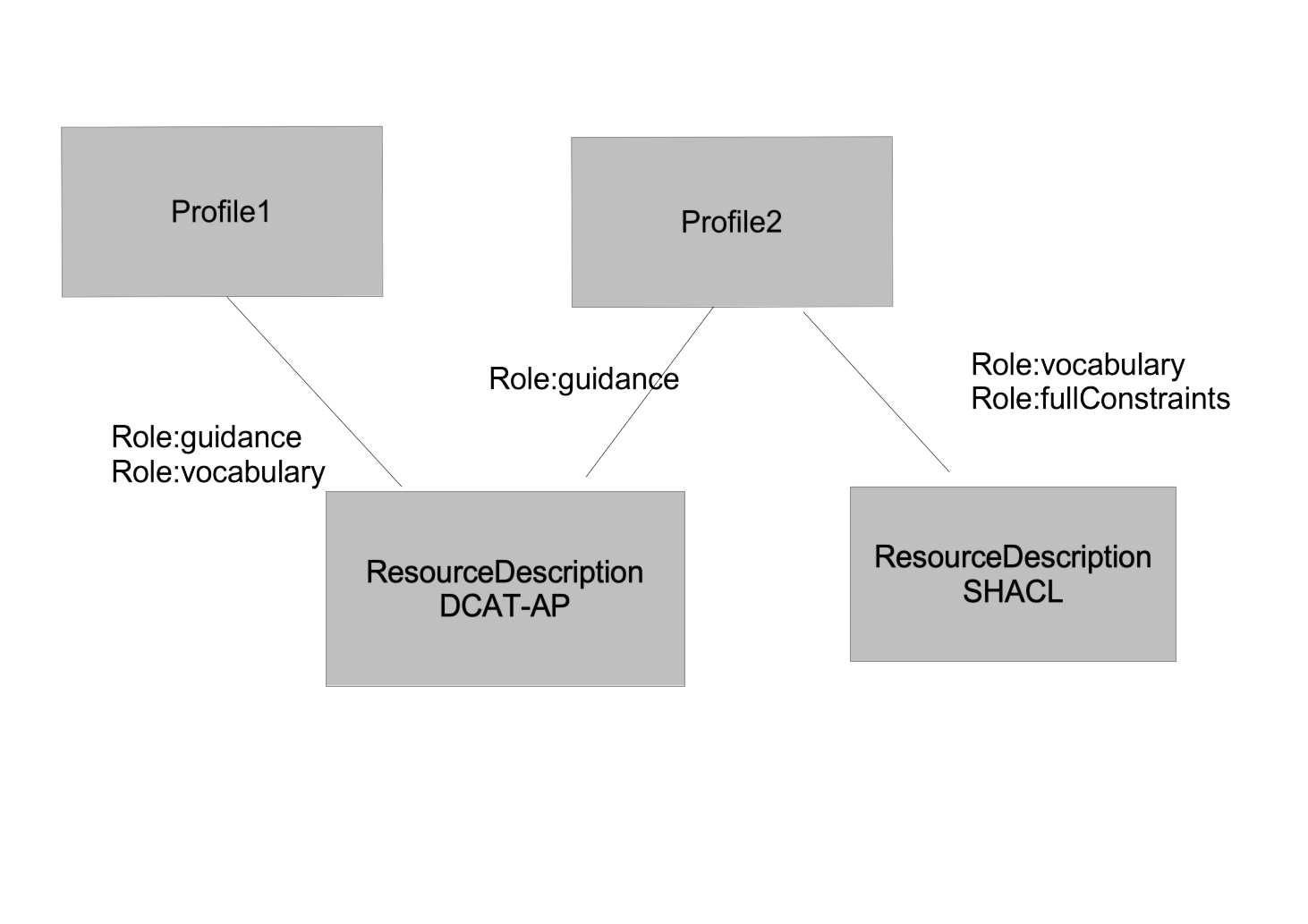The Editor's Draft of PROF contains an updated example that characterises a ShEx resource for a profile, Example 4 [1].
The example is not specifically about ShEx or similar but it does contain the following RDF which lakes about a ShEx resource:
# example standard
# with a single resource indicated for this Standard
ex1:Standard_X
a dct:Standard ;
dct:title "Standard X" ;
prof:hasResource ex1:RD_1 .
# example ResourceDescriptor for Standard X
# using the ShEx Expression Language
# in the JSON format
# this ResourceDescriptor is to validate instance
# data claiming conformance to Standard X
# the actual file the ResourceDescritor describes
ex1:RD_1
a prof:ResourceDescriptor ;
dct:conformsTo <http://shex.io/shex-semantics/> ;
dct:format <https://w3id.org/mediatype/application/json> ;
prof:hasRole role:validation ;
prof:hasArtifact ex1:constraints.json .
Specifically, the URI identifying the ShEx spec is a best guess URI since, as far as I'm aware, there is no specific "conformance target" URI specified for ShEx. If there is a better URI that we could use, please let us know!



